Grimaud
Enjoy your holiday in Grimaud, with it's castle, cosy center and flea market.
Beautiful local sights and attractions
Discover a selection of the most beautiful places and attractions in Grimaud
History
The first mention of Grimaud dates from around the year 1000, when the land between Grimaud and the current Saint Tropez was donated to Gibelin de Gri...
Read MoreClimate
Grimaud has a Mediterranean climate, with the following average temperatures per month: January 10 February 10 March 12 April 14 May 17 June 21 ...
Read More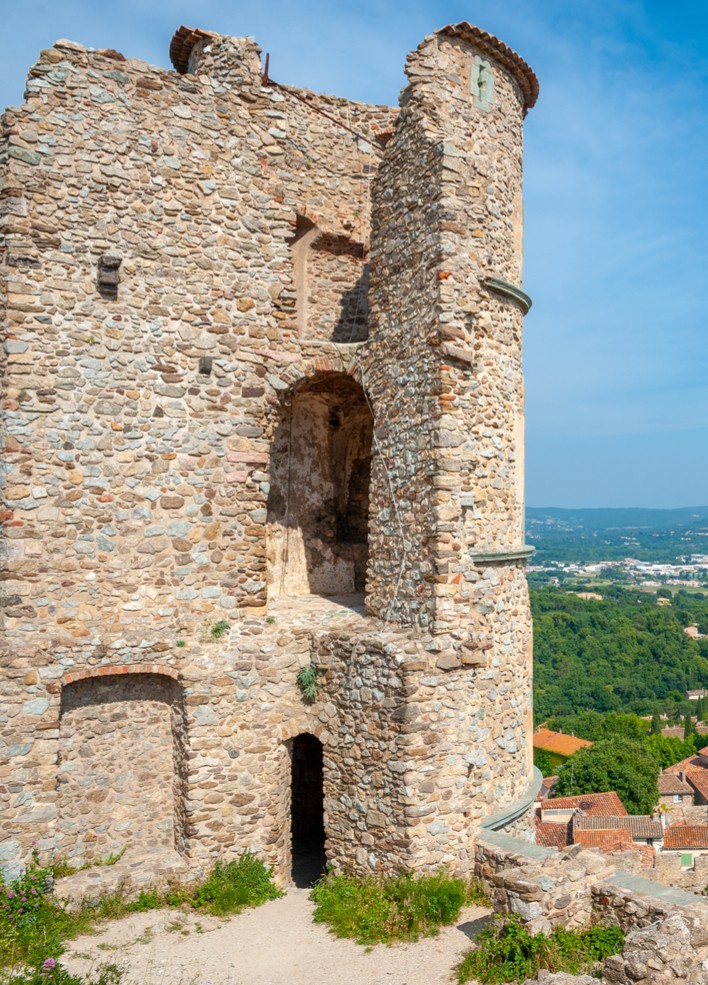
THE PRETTY LITTLE VILLAGE OF GRIMAUD
Wandering through its narrow streets that are filled with colourful bougainvillea and pink and white oleander bushes, Grimaud is a typical Provençal village with numerous little squares surrounded by houses in warm stone colours with red tiled roofs and colourful painted window shutters. The village nestles on a hillside between Saint Maxime and Cogolin on the French Riviera and is surrounded by unspoilt countryside. Whilst it lies just a few kilometres from Saint Tropez in distance, Grimaud could be a thousand kilometres away with its sleepy ambience where time is measured in lengthening shadows and the passing seasons. The village has a long history that can be traced from AD 973 when Gibelin De Grimaldi helped William the Good drive the Saracens of Fraxinet from the area. Grimaldi was rewarded with a large piece of land at the head of the Gulf of Grimaud (now known as the Gulf of Saint Tropez). In the early 11th century, Grimaldi built a castle on the hillside at a height of 503 metres to help defend the south coast and slowly a small community developed there and prospered. The castle walls were added in the 13th century and in times of war and plague provided safety to the villagers who retreated within them. Since then the lovely rustic village of Grimaud developed below the castle and was little known until the 1930s when Saint Tropez and its surrounding areas were 'discovered' by artists, dress designers and celebrities. Somehow, Grimaud has managed to stay as a relaxing back water with little change – probably thanks to the sizeable Port Grimaud development down by the coast. The perfect way to enjoy discovering Grimaud and soaking up its atmosphere is on foot. The newest square in the village is aptly called Place Neuve although it was actually built in 1886!
Sacred Heritage of Grimaud – Church, Chapels and Ancient Traditions
The spiritual heart of Grimaud is found in its historic religious landmarks, which reflect centuries of devotion, artistic expression and Provençal identity. At the centre stands the Romanesque Church of Saint-Michel, built in the late 12th century from golden stone that glows in the Mediterranean light. Its simple façade and elegant bell tower, added in the 16th century, convey a quiet dignity. Inside, faint traces of medieval frescoes still decorate the walls, a poetic reminder of the village’s ancient faith. Beyond the church, a network of peaceful lanes leads to the Chapel of Saint Roch and the beautifully restored 17th-century windmill nearby, both overlooking the surrounding countryside. These sacred places once offered protection and prayer during times of plague and hardship, and today they offer a serene escape from modern life. Nearby, the Chapelle des Pénitents, the Chapelle Saint François d’Assise and Notre-Dame de la Queste bear witness to Grimaud’s long tradition of religious life and community celebration. Rue des Templiers, once the village’s main street, still features the imposing 16th-century Town Hall, symbol of civic pride. Many of the stone houses surrounding these sites have been lovingly restored, preserving their historic character. The village’s small ethnographic museum contains tools and artefacts used by generations of craftsmen, offering insight into daily life in centuries past. As you wander from chapel to chapel, each corner reveals a new perspective—an ancient doorway, a shaded square, the distant sound of church bells. Grimaud’s sacred heritage is not simply part of its history; it is the soul of the village, still felt in every stone and breeze that passes through its timeless streets.
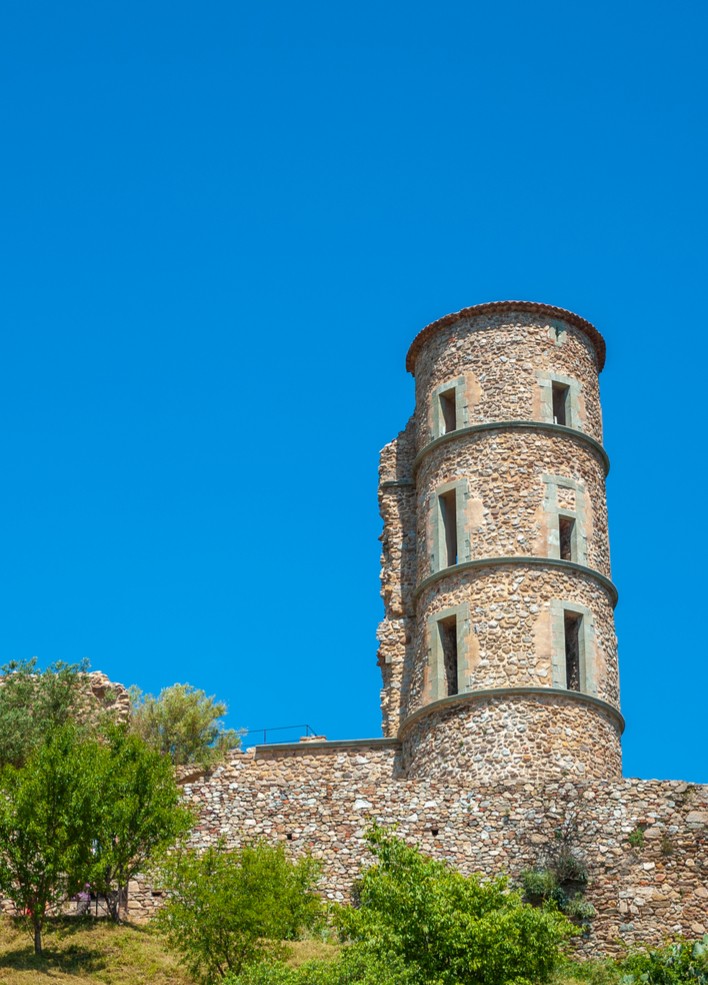
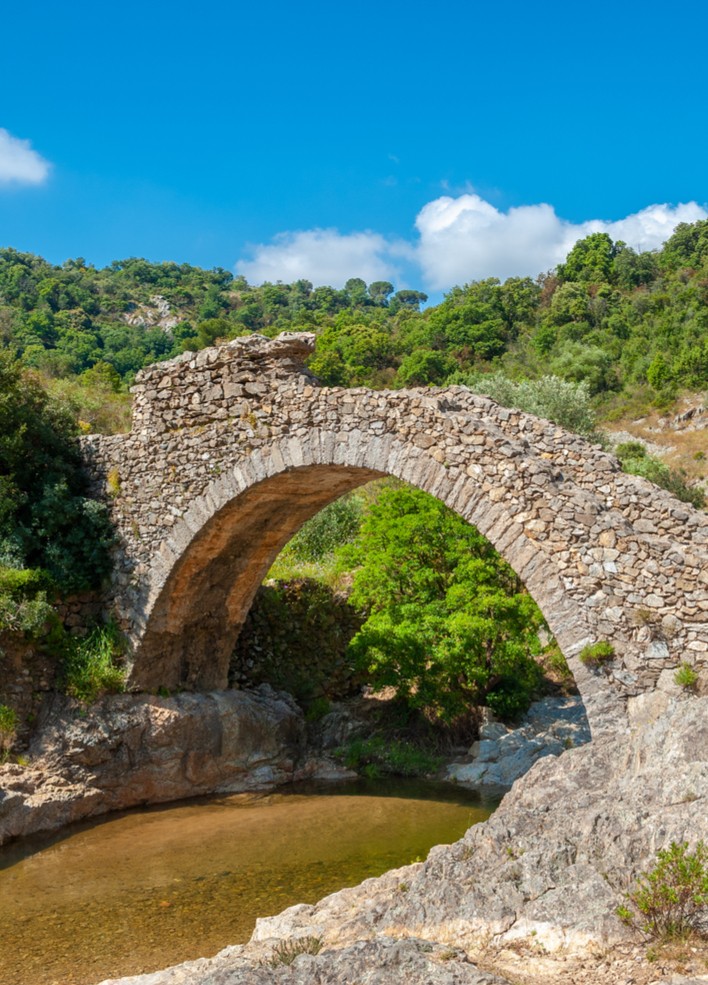
Enjoying a nice meal
Dining in Grimaud is an experience that engages all the senses, combining refined Provençal flavours with an atmosphere of timeless tranquillity. As the evening light softens over the terracotta rooftops, the village transforms into a haven of culinary delight, where traditional recipes are elevated with modern finesse. Many restaurants are housed in beautifully restored stone buildings with terraces overlooking the hills and sea, offering an intimate setting ideal for leisurely dining. Menus highlight local produce sourced from nearby farms and vineyards: delicate sea bass drizzled with olive oil from ancient groves, tender lamb infused with thyme and rosemary, and vegetables ripened under the Mediterranean sun. A glass of pale rosé, emblematic of the region, perfectly complements these flavours with its freshness and floral notes. Among Grimaud’s most celebrated establishments are family-run restaurants where culinary tradition has been passed down through generations, as well as elegant gastronomic venues offering inventive seasonal dishes with artistic presentation. Dining here is not rushed; it is a ritual of pleasure and conviviality. Many restaurants offer scenic terraces where the gentle breeze carries the scent of jasmine and pine, enhancing the experience. Provençal classics such as tapenade, anchoïade or lavender-infused honey are presented not as rustic fare, but as expressions of local heritage reinterpreted for the modern palate. Whether you are enjoying an intimate dinner for two or celebrating with friends, the culinary scene in Grimaud captures the essence of southern French art de vivre—where food is not merely sustenance, but a celebration of life, landscape and tradition.
Port Grimaud
Port Grimaud is a unique waterfront village created to combine the charm of Provençal architecture with the elegance of a luxury marina lifestyle. Designed in the 1960s by architect François Spoerry, it was envisioned as a place where each residence could open directly onto the water, offering homeowners the rare privilege of mooring their boat at their doorstep. Today, Port Grimaud spans a network of tranquil canals and pastel-coloured houses with terracotta roofs, connected by stone bridges and leafy quays that invite peaceful strolls in the Mediterranean sun. The atmosphere is serene yet sophisticated, attracting visitors who appreciate a refined balance of privacy, natural beauty and coastal living.
The village features elegant cafés, art galleries, and boutique shops that reflect the relaxed Provençal way of life while offering high-end products and gourmet specialities. From the harbour, you can take a boat taxi to Saint-Tropez or Sainte-Maxime, enjoying beautiful views of the Gulf along the way. Several sandy beaches are located just moments away, with crystal-clear waters ideal for swimming and watersports such as paddleboarding and sailing. Despite its exclusivity, Port Grimaud maintains an inviting ambience, where leisurely afternoons are spent dining on fresh seafood with a glass of local rosé while admiring the boats gliding past.
Architecturally harmonious and preserved by strict planning rules, Port Grimaud is a protected heritage site that continues to embody the essence of Riviera elegance. Whether arriving by land or sea, it offers an unforgettable blend of Provençal authenticity, coastal tranquillity and refined lifestyle, making it one of the most enchanting destinations in the south of France.
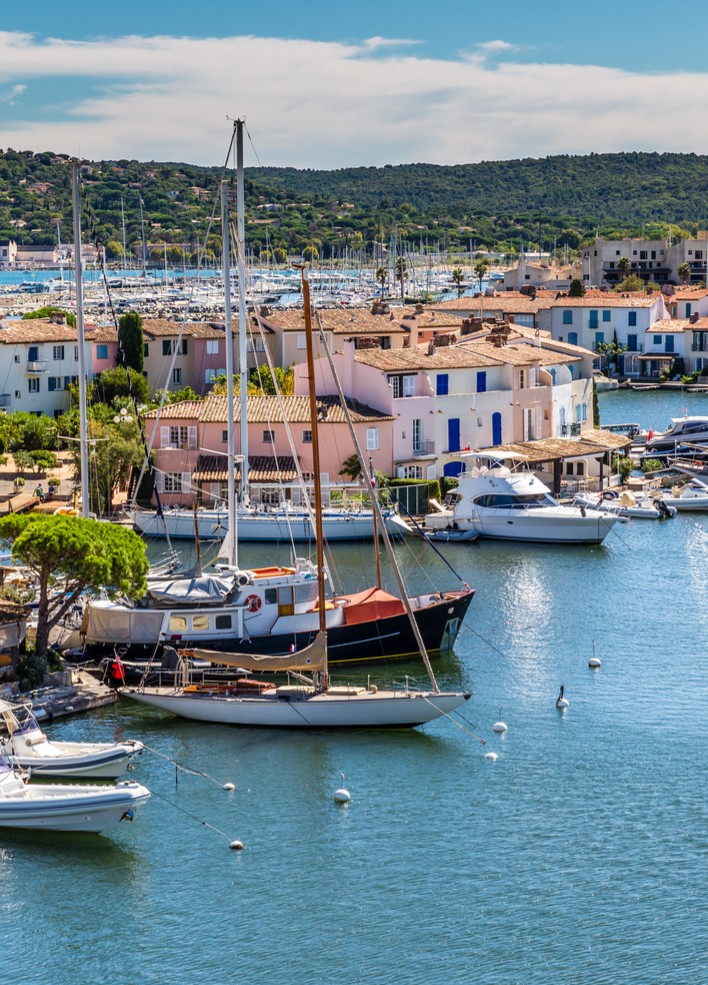
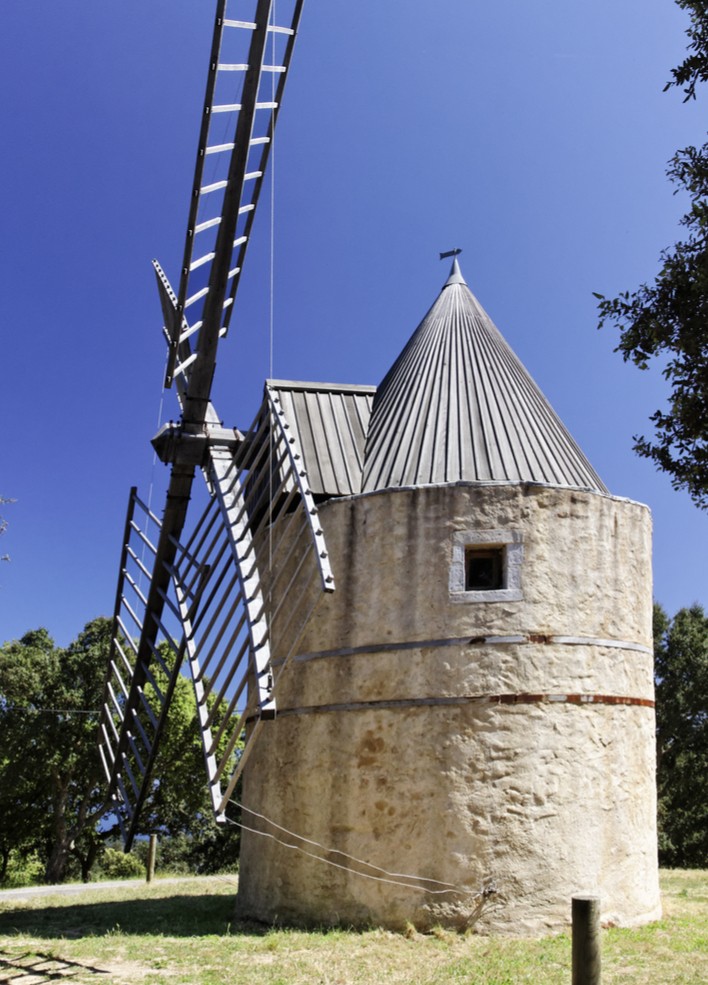
Village festivals
Grimaud is a Provençal jewel renowned not only for its timeless beauty but also for its rich calendar of village festivals that celebrate culture, tradition, and the refined art of French living. Throughout the year, the village hosts elegant events that attract lovers of music, heritage, and artisanal craftsmanship, creating a unique atmosphere where authenticity meets sophistication.
The festival season begins with the prestigious Salon des Peintres, held in both April and September. This carefully curated art exhibition showcases renowned and emerging artists, transforming the historic village into an open-air gallery. In spring, the beloved Fête de la Laine honours the region’s heritage with traditional demonstrations, local produce, and authentic Provençal ambiance.
As summer approaches, Fête du Moulin celebrates Grimaud’s agricultural past with music, dancing and the ceremonial turning of the historic mill. Bastille Day on the 14th of July brings the village to life with classical performances, illuminations and community gatherings filled with elegance and patriotic charm. Soon after, the annual Village Festival takes place—a highlight of the cultural year—featuring open-air concerts, folklore, local gastronomy, and refined evening celebrations in the warm Provençal air.
Throughout the year, Les Soirées Musicales de Grimaud offer world-class classical concerts held in historic venues, attracting distinguished audiences who appreciate musical excellence in an intimate and atmospheric setting.
With its cobblestone streets, flowered squares and refined cultural life, Grimaud offers a uniquely luxurious interpretation of village festivals—where tradition is honoured with grace, and every event is a celebration of art, heritage and the Provençal spirit of elegance.
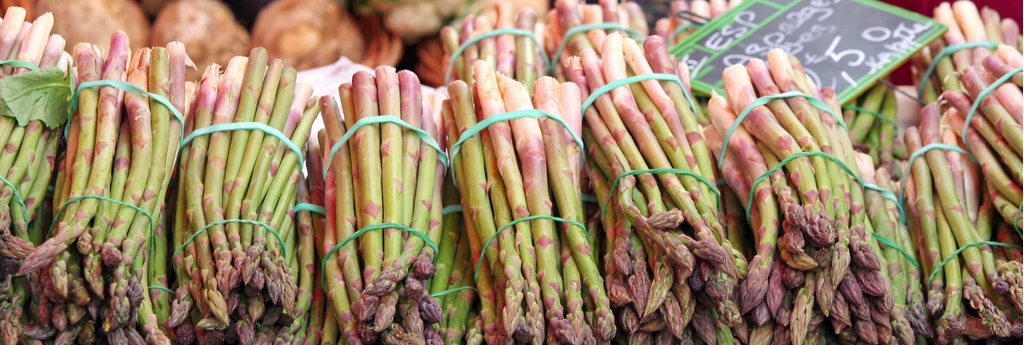


 EN
EN  NL
NL
 DE
DE
 FR
FR
